East Glacier Trail
| Upper Glacier Viewpoint 2007 The amount of retreat just in my time in Juneau is stunning. This was my first view of the glacier from this viewpoint on July 21, 2007. Note the white stream of water coming out of the bench of alders out onto the bare rock and compare the glacier’s position with it in the two photos (taken with very different lenses so the relative size is different). Lots of ice gone. | Upper Glacier Viewpoint 2012 I don’t often head out to the upper scenic viewpoint any more as the view of the glaicer is very compromised with its rapid retreat. Today, I have hearty hikers with a bit more time than usual, and so, with a simply grand day we take advantage of all this trail has to offer. I rarely take the grand view photo here of all the scenery with McGinnis and Stroller White and the glacier. |
| Upper Glacier Viewpoint 2007 The stream in the 2012 shot is just barely visible in the top right. | Upper Glacier Viewpoint 2012 The small stream in this close up is not the same as in the next shot. |
On the Water
Megaptera novaeangliae (Borowski, 1781), humpback whale, yáay
Megaptera novaeangliae (Borowski, 1781), humpback whale, yáay
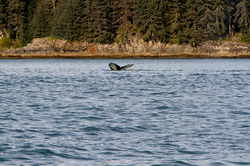
Whale 1434, Spot or Curious George
Captain Scotty in the Explorer turns the corner around North Shelter into the pass and almost immediately are greeted with a dive by Spot.
Captain Scotty in the Explorer turns the corner around North Shelter into the pass and almost immediately are greeted with a dive by Spot.
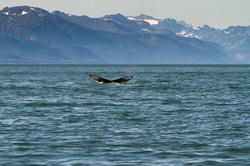
Whale 2006 Magma
The whales head north and we follow them, here with the Coast Range in the background.
The whales head north and we follow them, here with the Coast Range in the background.
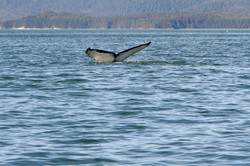
Whale “Flash”
Not to be outdone by Magma, Flash shows up and does a great high tail dive for us with the Coast Range in the background. These uncropped shots are what we normally see.
Not to be outdone by Magma, Flash shows up and does a great high tail dive for us with the Coast Range in the background. These uncropped shots are what we normally see.
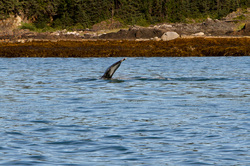
Whale “Flash”
Then they head back into the pass where we get this sideways view of dive with the shore of Lincoln Island in back.
Then they head back into the pass where we get this sideways view of dive with the shore of Lincoln Island in back.
Eumetopias jubatus (Schreber, 1776), Steller’s sea lion, taan on Little Island
Panorama #1
We come upon the sea lions from the north and I take this composite of seven photos that I’ve stitched together to count. There are 320 in this view with the high point of Little Island and the Chilcat Mountains in the background.
We come upon the sea lions from the north and I take this composite of seven photos that I’ve stitched together to count. There are 320 in this view with the high point of Little Island and the Chilcat Mountains in the background.
Panorama #2
This is the south end of Little Island as there is a break between this group and the northern. There are 90 in this view.
This is the south end of Little Island as there is a break between this group and the northern. There are 90 in this view.
Panorama #3
We work our way around the southern tip and head into the Lynn Canal as there are more sea lions lounging about here. There are 115 in this view. I count them by crossing them off with the eraser tool in Photoshop and keep a running tally. Adding up the three view, we have a total of 525 Steller’s sea lions today. I spend several hours closely examining each animal looking for brands. I find seven, my most ever.
We work our way around the southern tip and head into the Lynn Canal as there are more sea lions lounging about here. There are 115 in this view. I count them by crossing them off with the eraser tool in Photoshop and keep a running tally. Adding up the three view, we have a total of 525 Steller’s sea lions today. I spend several hours closely examining each animal looking for brands. I find seven, my most ever.
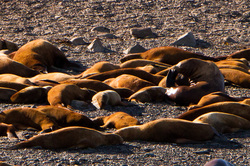
Branded Sea Lion ?97
Just to the left of the fellow scratching his nose with is left rear flipper is a branded juvenile where the characters “97” are clearly visible, but the character before it I can’t make out. There are 52 in the “Steller sea lion brand catalog”, way to many to even make a stab at which one this is.
Just to the left of the fellow scratching his nose with is left rear flipper is a branded juvenile where the characters “97” are clearly visible, but the character before it I can’t make out. There are 52 in the “Steller sea lion brand catalog”, way to many to even make a stab at which one this is.
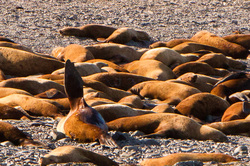
Branded Sea Lion W3?
Just about in the middle of this photo to the right of the uplifted front flipper is a branded sea lion with two characters, W3, clearly visible and only the top of a third that looks like the counter of a 2. There are eleven White Sisters lions with the first two numbers 32 making identification very difficult for me.
Just about in the middle of this photo to the right of the uplifted front flipper is a branded sea lion with two characters, W3, clearly visible and only the top of a third that looks like the counter of a 2. There are eleven White Sisters lions with the first two numbers 32 making identification very difficult for me.
Branded Sea Lion W362 and H130
Two views. W362, left center, a male, was branded as a pup on June 27, 2005 at White Sisters rookery. H130, top right, a female, was branded as a pup on July 1, 2001 at Hazy Island rookery.
Two views. W362, left center, a male, was branded as a pup on June 27, 2005 at White Sisters rookery. H130, top right, a female, was branded as a pup on July 1, 2001 at Hazy Island rookery.
Branded Sea Lion =471 (?)
Two views. The only characters clearly visible are the 7 and 1. The first character could be either a 4 or an H, and the two parallel markings to its left could be an equal sign (=) which is used for animals where the natal rookery is not known.
Two views. The only characters clearly visible are the 7 and 1. The first character could be either a 4 or an H, and the two parallel markings to its left could be an equal sign (=) which is used for animals where the natal rookery is not known.
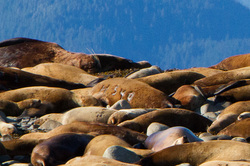
Branded Sea Lion H540
This female sea lion was branded as a pup on June 25, 2005 at Hazy Island.
This female sea lion was branded as a pup on June 25, 2005 at Hazy Island.
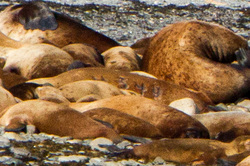
Branded Sea Lion H34?
They branded ten pups on June 28, 2003 at Hazy Island with these as the first three characters. The third appears to be a 9, and , if so, this is a male.
They branded ten pups on June 28, 2003 at Hazy Island with these as the first three characters. The third appears to be a 9, and , if so, this is a male.
I've provided all of these photos to Lauri Jemison of the Alaska Department of Fish and Game, Wildlife Conservation division as this provides more information on the movement and population of these animals.
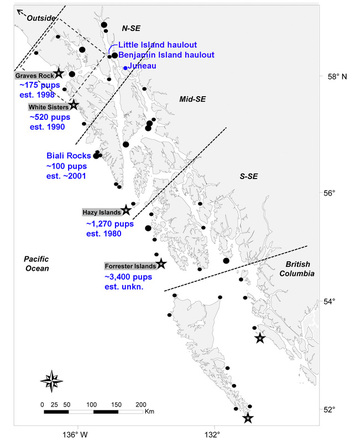
Steller Sea Lion rookeries and haulouts in Southeast Alaska and northern British Columbia
Hastings, K.K., L.A. Jemison, T.S. Gelatt, J.L. Laake, G.W. Pendleton, J.C. King, A.W. Trites, & K.W. Pitcher. 2011. Cohort effects and spatial variation in age-specific survival of Steller sea lions from southeastern Alaska. Ecosphere 2(10) p.4.
I’ve added information to this map to show where Juneau and the two haulouts in our area are located. Data for the rookeries is for the number of pups born in 2005 and the establishment of this rookery is from L. Jemison (2012).
I’m amazed at how recent the development of these rookeries are. It begs the question of what the population of these guys were before and where did they pup?
This gives some idea of the population of sea lions in the pre-whaling age:
Anthropologists have estimated that the approximately 25,000 Aleut living in the region 400 years ago probably required between 5,000 and 10,000 Steller sea lions per year to meet basic subsistence needs. Other estimates more than double that number.
Ivan Veniaminov, the Russian Orthodox missionary wrote of Pribilof Islanders in the 1830s harvesting as many as 2,000 Steller sea lions on St. George Island alone.
Turek, M. undated. Traditional Uses of Steller Sea Lions.
This hypothesis gives some explanation as to the collapse of sea lions and other marine megafauna:
...killer whales were forced to switch to a diet of progressively smaller pinnipeds and other species of marine mammals after commercial whalers severely depleted the fin, sei, and sperm whales in Alaskan waters between 1949 and 1969. This, it is suggested, accounts for a sequential decline of harbor seals, northern fur seals, Steller sea lions, and sea otters that followed through the 1980s and 1990s.
Trites, A.W., V.B. Deecke, E.J. Gregr, J.K.B. Ford, P.F. Olesiuk. 2007. Killer Whales, Whaling, And Sequential Megafaunal Collapse In The North Pacific: A Comparative Analysis Of The Dynamics Of Marine Mammals In Alaska And British Columbia Following Commercial Whaling. Marine Mammal Science, 23(4): 751–765.
The National Marine Fisheries Service (NMFS) proposed delisting the eastern population on April 18, 2012 as they feel the population has recovered: “The draft status review, which was completed in March 2012, shows the eastern Steller sea lion population has met the recovery criteria outlined in the recovery plan, which was developed by NOAA Fisheries in 1992 and revised in 2008.”
Hastings, K.K., L.A. Jemison, T.S. Gelatt, J.L. Laake, G.W. Pendleton, J.C. King, A.W. Trites, & K.W. Pitcher. 2011. Cohort effects and spatial variation in age-specific survival of Steller sea lions from southeastern Alaska. Ecosphere 2(10) p.4.
I’ve added information to this map to show where Juneau and the two haulouts in our area are located. Data for the rookeries is for the number of pups born in 2005 and the establishment of this rookery is from L. Jemison (2012).
I’m amazed at how recent the development of these rookeries are. It begs the question of what the population of these guys were before and where did they pup?
This gives some idea of the population of sea lions in the pre-whaling age:
Anthropologists have estimated that the approximately 25,000 Aleut living in the region 400 years ago probably required between 5,000 and 10,000 Steller sea lions per year to meet basic subsistence needs. Other estimates more than double that number.
Ivan Veniaminov, the Russian Orthodox missionary wrote of Pribilof Islanders in the 1830s harvesting as many as 2,000 Steller sea lions on St. George Island alone.
Turek, M. undated. Traditional Uses of Steller Sea Lions.
This hypothesis gives some explanation as to the collapse of sea lions and other marine megafauna:
...killer whales were forced to switch to a diet of progressively smaller pinnipeds and other species of marine mammals after commercial whalers severely depleted the fin, sei, and sperm whales in Alaskan waters between 1949 and 1969. This, it is suggested, accounts for a sequential decline of harbor seals, northern fur seals, Steller sea lions, and sea otters that followed through the 1980s and 1990s.
Trites, A.W., V.B. Deecke, E.J. Gregr, J.K.B. Ford, P.F. Olesiuk. 2007. Killer Whales, Whaling, And Sequential Megafaunal Collapse In The North Pacific: A Comparative Analysis Of The Dynamics Of Marine Mammals In Alaska And British Columbia Following Commercial Whaling. Marine Mammal Science, 23(4): 751–765.
The National Marine Fisheries Service (NMFS) proposed delisting the eastern population on April 18, 2012 as they feel the population has recovered: “The draft status review, which was completed in March 2012, shows the eastern Steller sea lion population has met the recovery criteria outlined in the recovery plan, which was developed by NOAA Fisheries in 1992 and revised in 2008.”
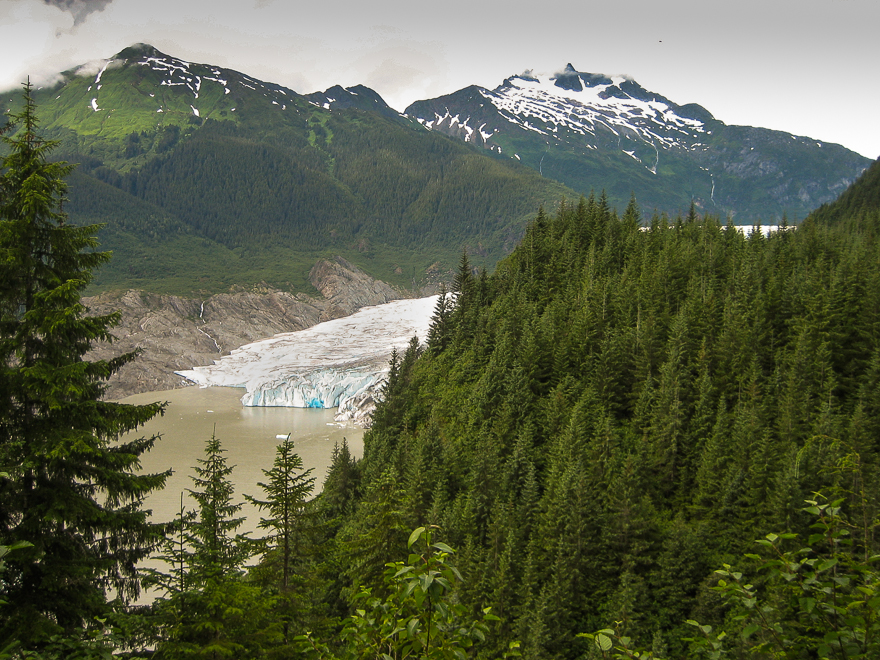
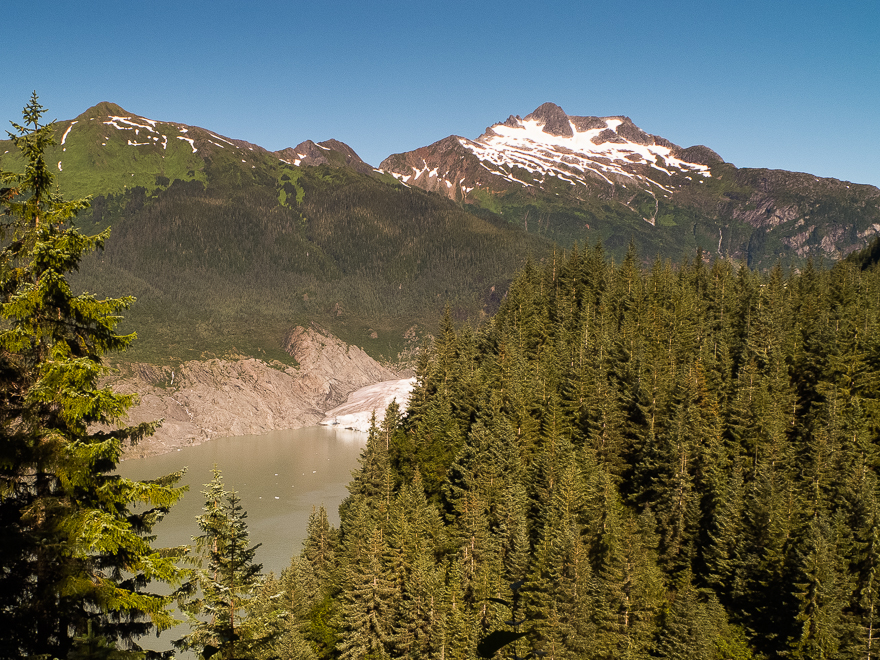

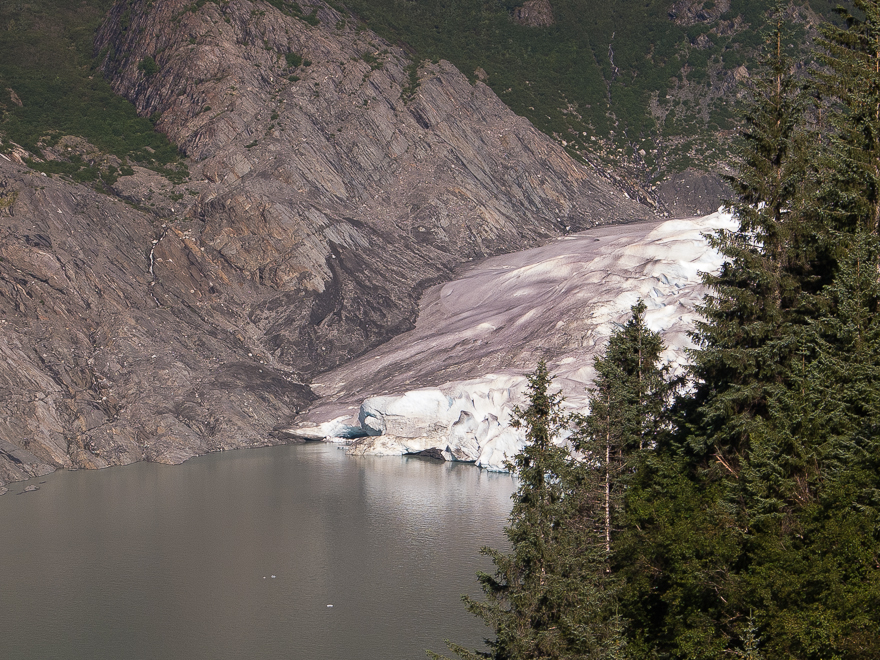



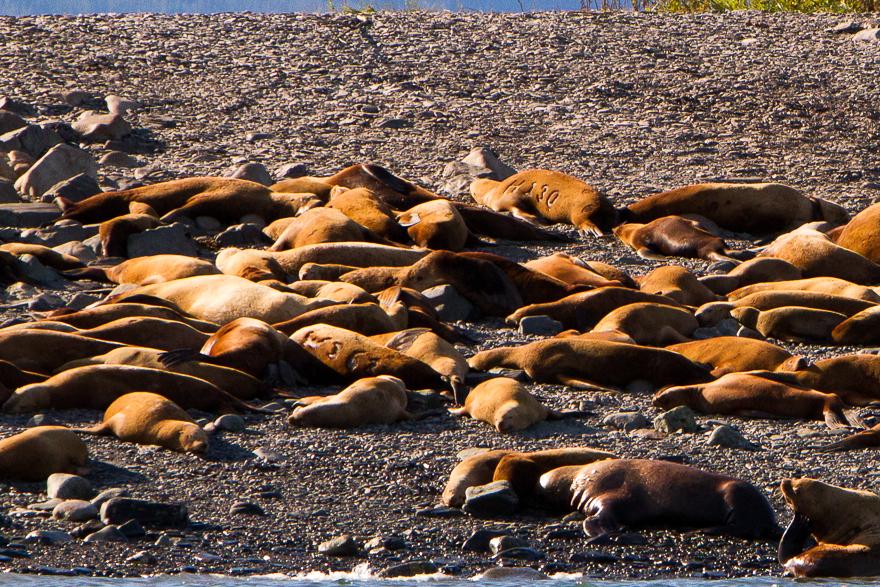
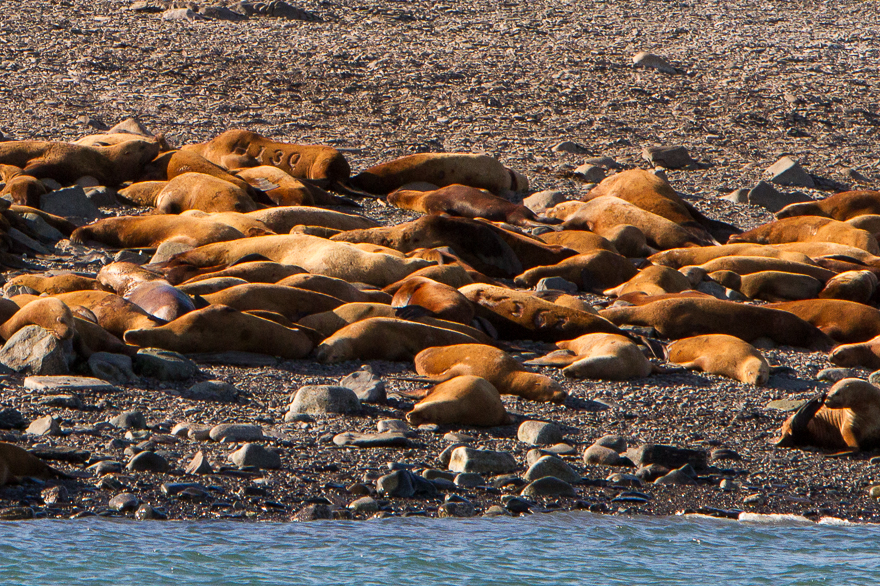

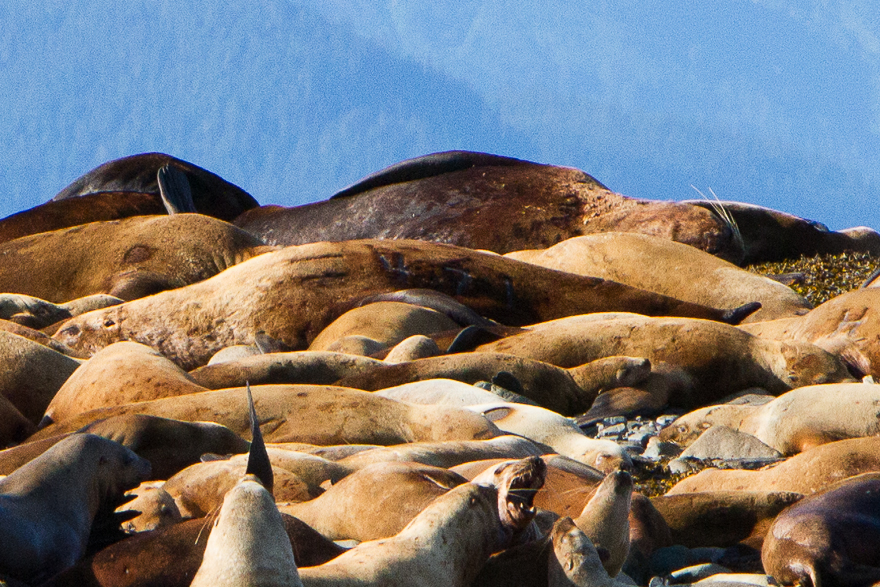

 RSS Feed
RSS Feed